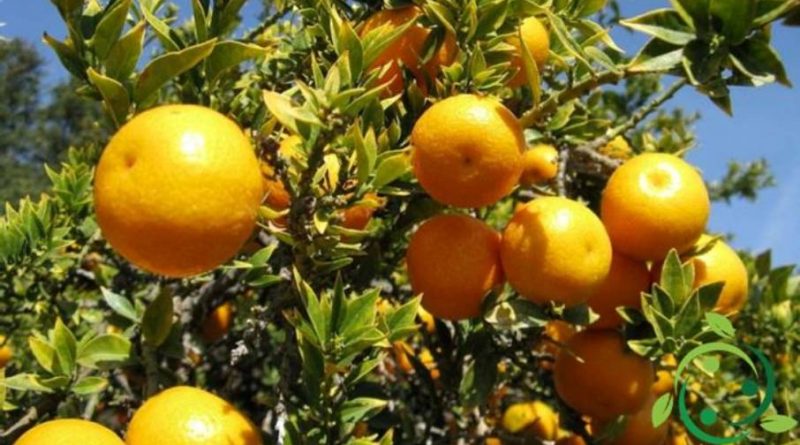How to grow chinotto in a biological way
How to grow chinotto in a biological way
Citrus x myrtifolia, commonly called chinotto, is a citrus fruit of the genus Citrus (Rutaceae family), from China, whose origin is not exactly ascertained, although the prevailing opinion is that it is a mutation of bitter orange that time has developed in the today known species. In this sheet we observe how to grow chinotto in a biological way and useful measures. The cultivation of chinotto in our country takes place mainly in Liguria and Sicily.
The botanical characters are however similar to those of his family. It has an abundant and fragrant flowering. The fruits are clustered, of an intense orange color when ripe, with an average weight of just over 60 grams. The taste of the freshly picked fruit is extremely bitter-sour, very different from the drink we find on the market. In the past the fruits of the chinotto were consumed candied or in brine.
The chinotto has digestive properties, connected to the substances that give it the bitter taste. The health effects are due to substances contained both in the fruit and in the peel. In fact, both are extracted herbal extracts, digestive and in therapies against insomnia. Like all citrus fruits, the quinotto is rich in vitamin C. Its characteristic flavor makes it a very important fruit for the preparation of drinks, refreshing and refreshing but also as a base for candied fruit or to prepare even jams and syrups.
The cultivation of chinotto, as mentioned, is also possible in Italy, especially in the coastal areas of Liguria and Sicily, where even if in contraction they have been cultivated for many years.
In fact, for its cultivation, the chinotto needs a mild climate all year round and well ventilated, it does not tolerate heat and humidity and not even too high or too low temperatures.
The soil suitable for the cultivation of the quinotto must be of medium mixture, slightly clayey, loose (tending to sandy) and with a slightly acidic pH.
Before the plant, which must be done at the beginning of the spring, the soil must be well prepared by digging holes of 40 x 40 x 40, in which to place mature manure. For its fertilization throughout the vegetative phase it is good to make use of well-mature manure to be made at the end of winter and to mix with the first spring processing in order to mix it and integrate it with the inorganic soil matrix. In soils with a slightly more acidic pH it is possible to integrate the manure with the ash obtained from the burning of prunings while the nitrogen supply coming from synthetic nitric fertilizers must always be avoided. The most recommended system is the 5 x 5, while the most useful form of breeding is the globe, with good internal ventilation. Like all citrus trees it needs irrigation that should not be neglected especially during the summer; we recommend constant and abundant watering, without stagnation however, as soon as the earth is dry. For the pruning technique it is advisable to do it annually after telling the fruits, roughly in the December period if the cold is not too pungent.
As for pests and adversities these are very similar to other citrus plants such as lemon.

